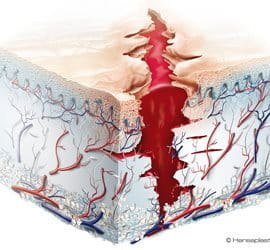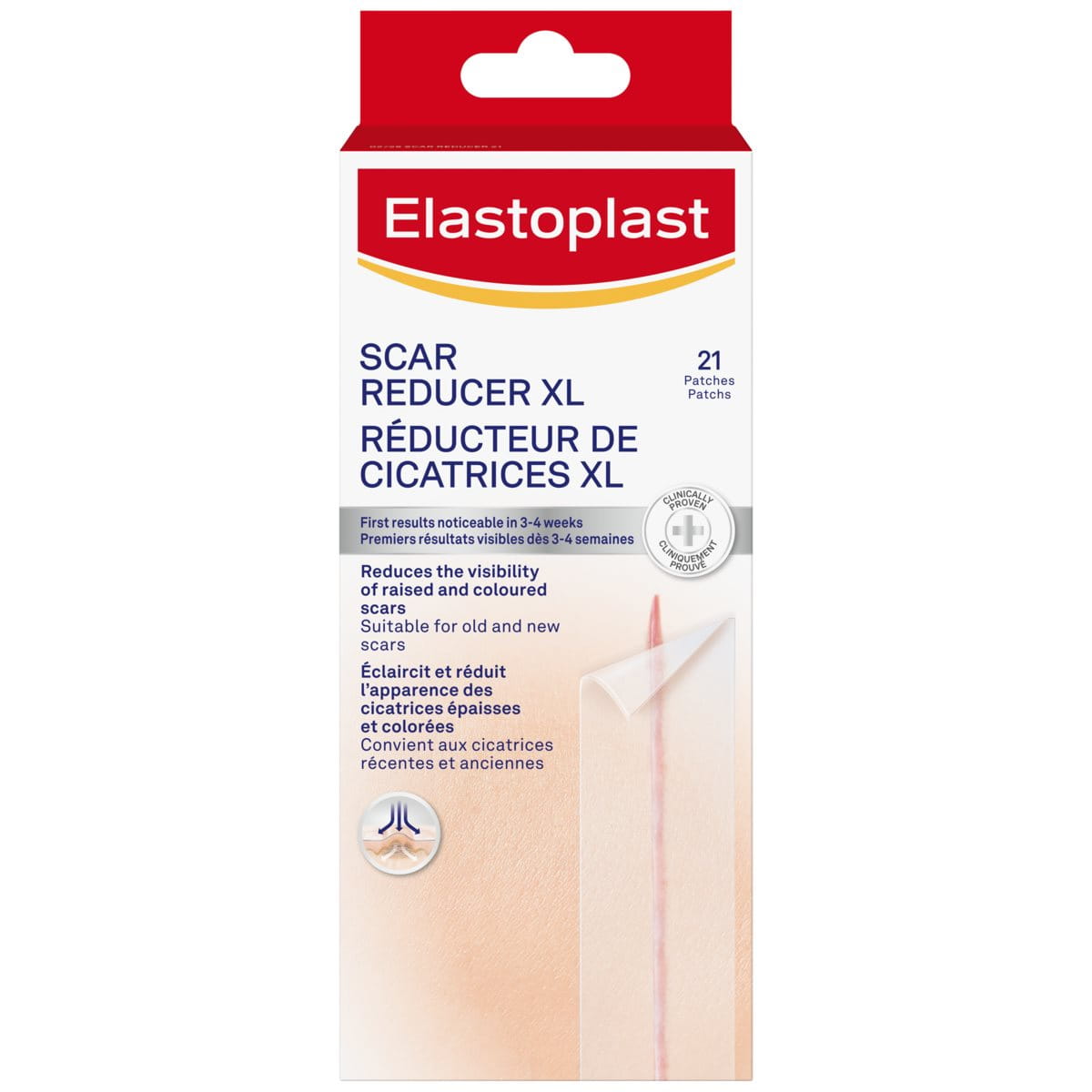About
Why should a wound be protected?


Keeping a wound protected is very important for the healing process. When exposed, the wound is left defenseless against various elements that can cause infection, swelling or other complications.
Bacteria, for example, can easily enter the body through an open, unprotected wound and cause infection. By migrating deep under the surface of the skin, severe, hard-to-treat infection can slow the healing process, spread and cause other unwanted complications. Water is likewise a threat to wound healing. For example, water may be contaminated with bacteria or contain harmful elements such as chlorine, which can significantly increase the risk of infection and delay wound healing. In addition, contact with water will swell the skin, causing wound closure. In this case, bacteria and germs can easily enter the wound, creating an even greater risk of infection.
Proper protection is key. Depending on the type, size and location of the wound, you’ll need an adhesive bandage tailored to your particular healing needs to ensure that the wound is properly protected against external influences and the risk of infection. Once you have found the adhesive bandage that’s most appropriate for your wound, follow these recommendations to apply proper care.







